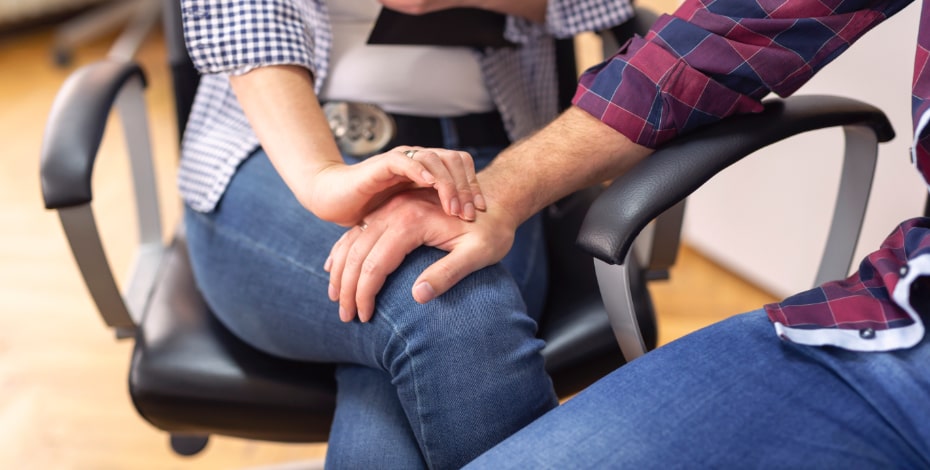
Improving home treatment options after burn injury

Improving a patient’s quality of life has always been top of mind for Anita Plaza, who has 25 years’ experience in burns injury management for adults and children and is the statewide physiotherapy consultant based at the Royal Brisbane and Women’s Hospital Stuart Pegg Adult Burns Centre.
Anita is also a team leader managing multiple clinical areas including burns, plastic surgery, maxillofacial and ENT surgery at the hospital.
In 2020 Anita was awarded a Physiotherapy Research Foundation (PRF) Seeding Grant for $11,994, which is enabling her to conduct her first project as primary investigator.
Her research aims to evaluate whether providing physiotherapy exercise programs through home-based telerehabilitation is comparable to standard in-person exercise programs with respect to clinical outcomes, cost-effectiveness and patient and therapist satisfaction, using a sample of 100 participants aged from 18 to 70-plus.
The randomised controlled trial is the first of its kind in the world.
‘Studies have been done into paediatrics before, but not into the adult burn population,’ Anita says.
Previously she has been the associate investigator on seven burns-related research projects and 20 quality improvement projects, and last year travelled to New Zealand to work with patients who had sustained burn injuries after the White Island Volcano erupted.
The landmark trial is a standalone study.
Anita and her team have identified a gap in post-discharge service delivery for patients living outside of metro areas, where most physiotherapy burns centres are located. It is estimated that this situation is true of approximately 80 per cent of patients.
‘A number of our patients were travelling from remote areas and sometimes interstate to attend outpatient appointments at the hospital,’ she says.
Each year the Royal Brisbane and Women’s Hospital burns centre treats more than 1000 patients from across Queensland, northern New South Wales and the Pacific Islands.
‘There are no local services for these patients who are expected to travel sometimes hours to get to an appointment, which can be expensive.’
In many cases this leads to non-attendance. It can also result in the risk of longer term complications and the need for subsequent additional healthcare, which can lead to a poorer quality of life.
If the research has the expected results, it would mean that these patients would no longer have the financial burden of getting to appointments and would be able to self- manage at home, improving their quality of life, Anita says.
Previously, home-based telerehabilitation has been successfully used to provide home exercise programs to patients for postoperative shoulder, knee and cardiac rehabilitation.
While we have seen the growth of telehealth as a treatment option in the past year due to COVID-19, the idea for this study predates this.
‘We started thinking about whether telerehabilitation services were comparable with face-to-face appointments a few years ago,’ she says, adding that the pandemic has reinforced the vital role that home-based telerehabilitation will play in the future of health management.
However, it is fair to say that COVID-19 has had an impact on the study, with research that originally started in 2019 being paused in March 2020 as a result of statewide lockdowns.
This has meant that currently, just 32 of the planned 100 participants have been recruited for the trial.
Anita says the PRF grant is essential to getting this project finished.
‘We wouldn’t have the resources to complete the data collection and analysis if it wasn’t for the seeding grant. We really appreciate it.’
Anita hopes the results will have a significant impact on ongoing service delivery in the burns population worldwide, and show benefits including improved access for rural and regional patients.
This will minimise longer term complications post-injury, while at the same time decrease the burden on them to travel to metropolitan centres for services.
‘This being the first study worldwide will allow us to increase the industry evidence base not only in Queensland, but also in other states in Australia and overseas.’
© Copyright 2025 by Australian Physiotherapy Association. All rights reserved.





